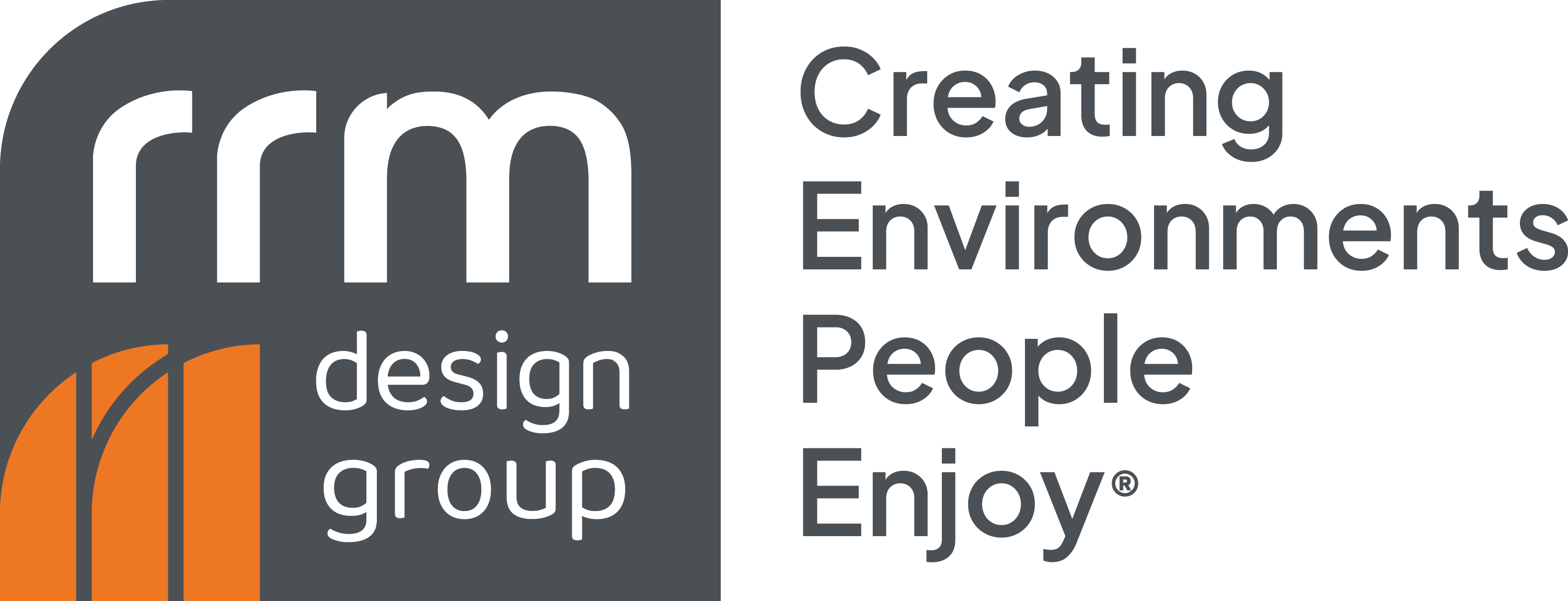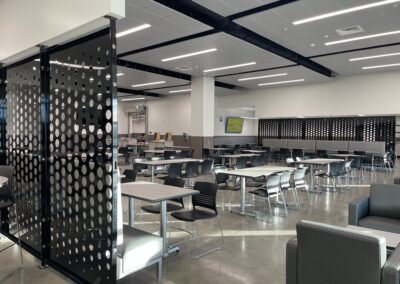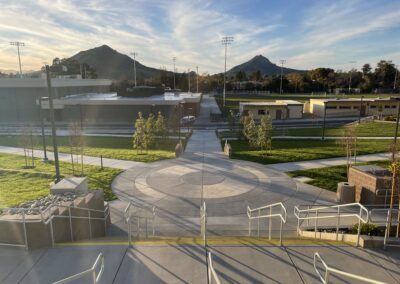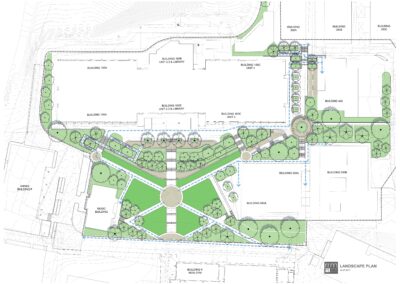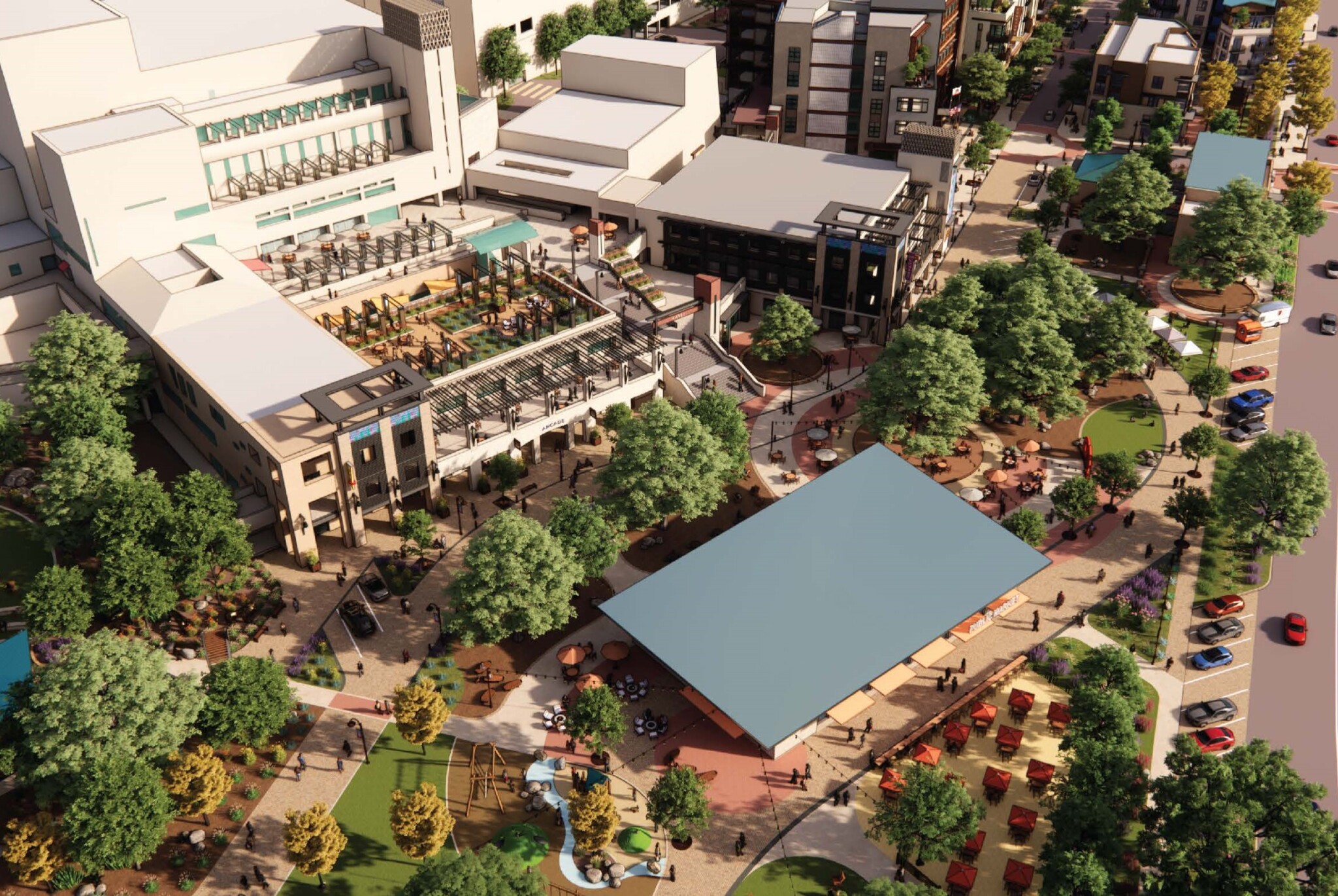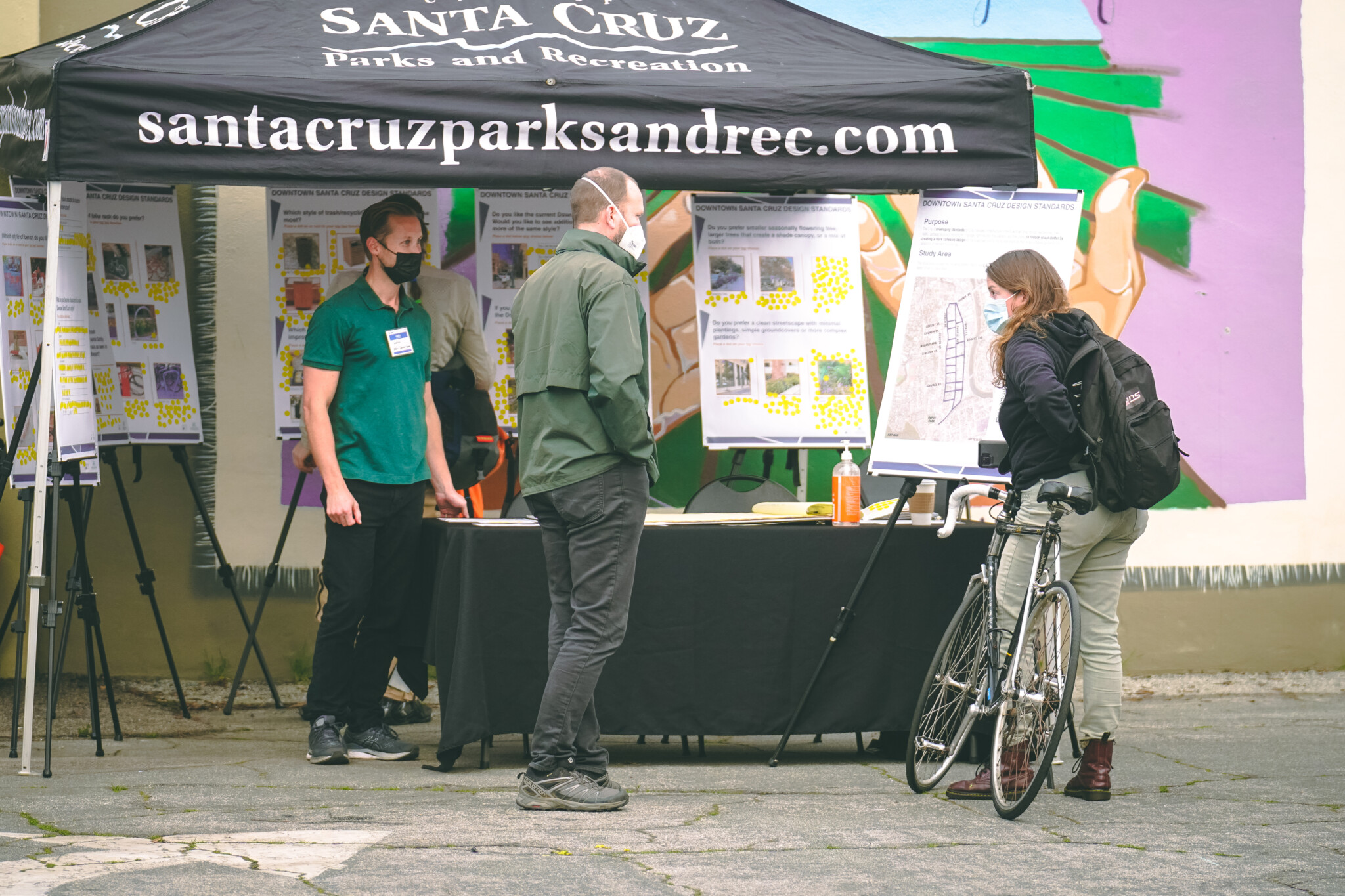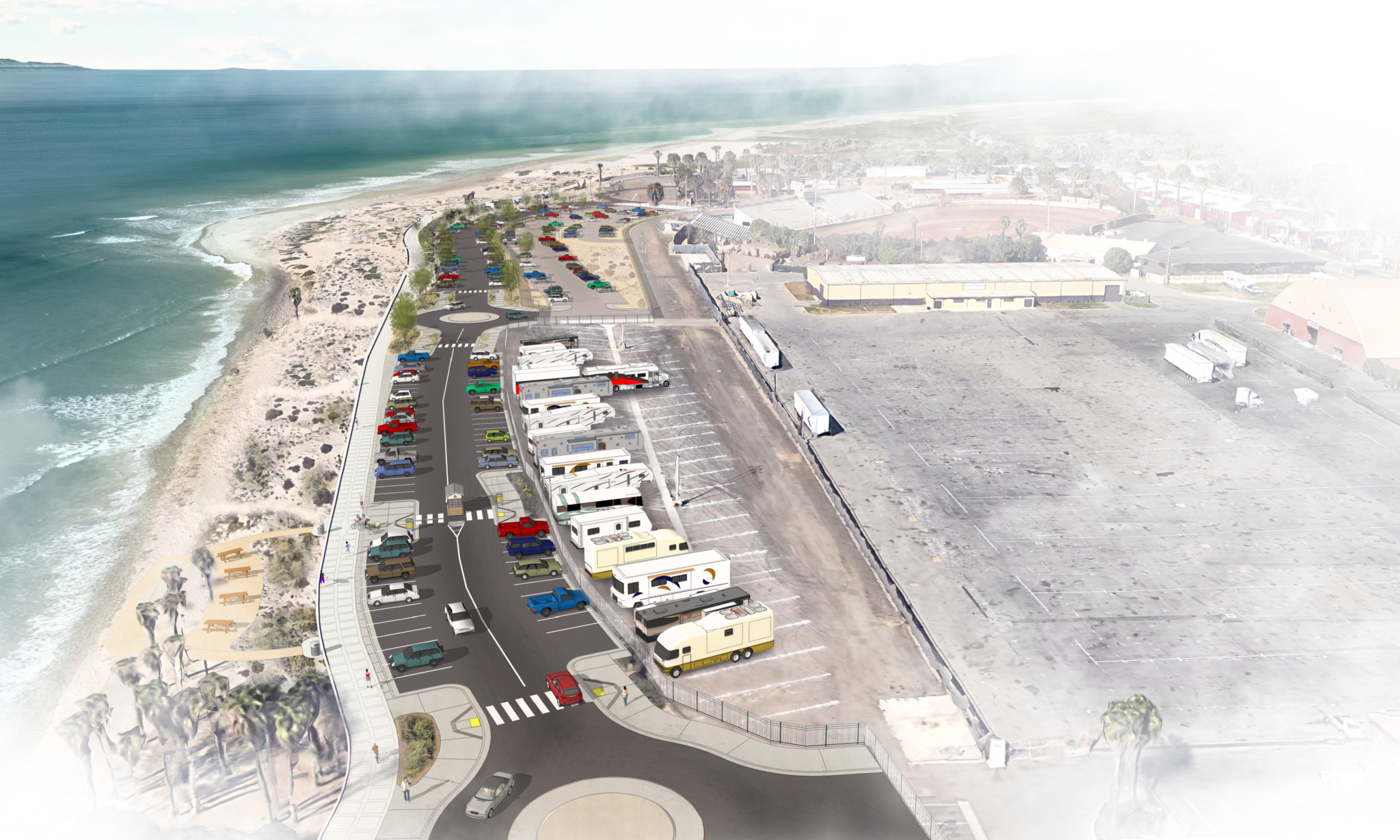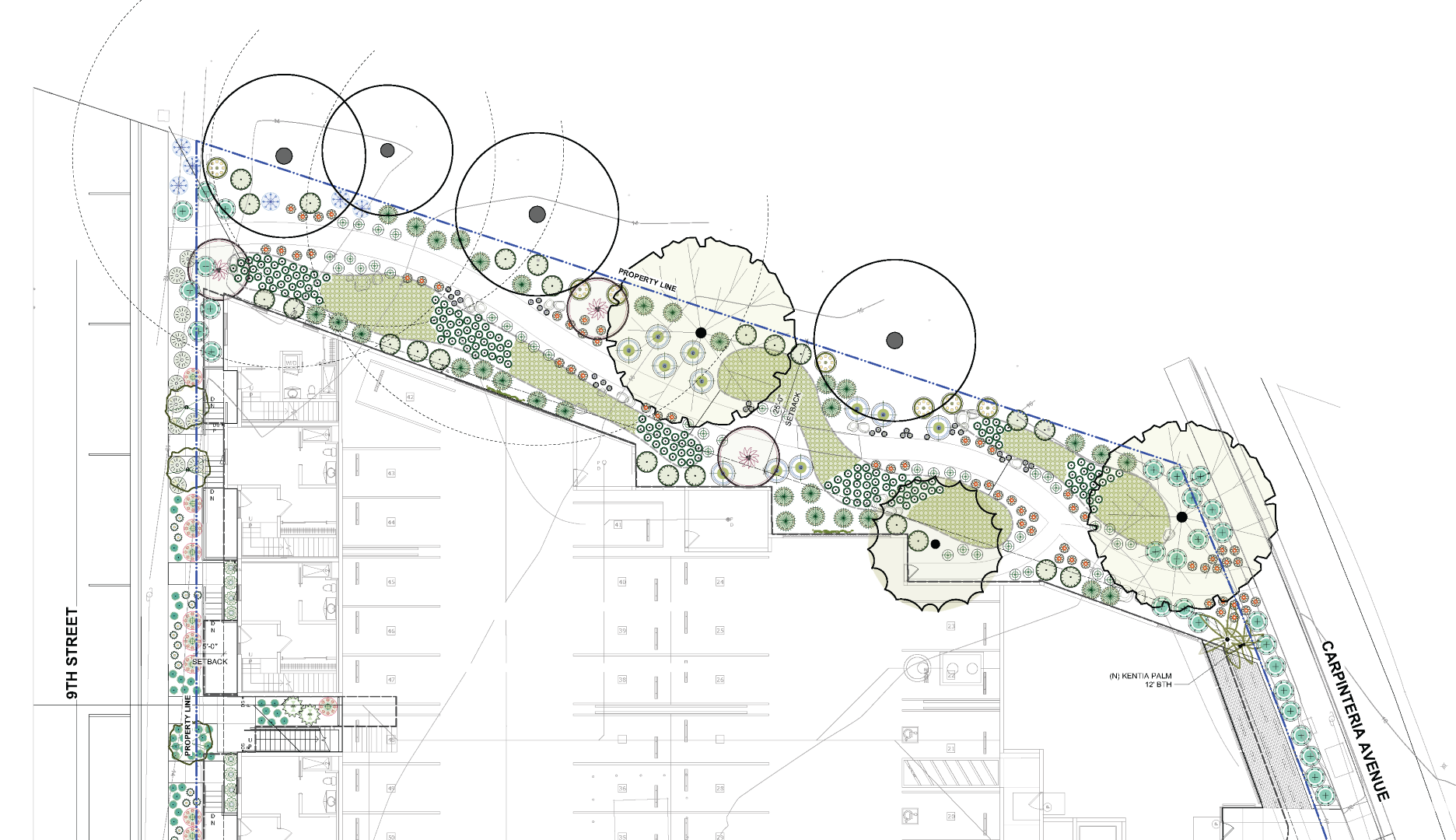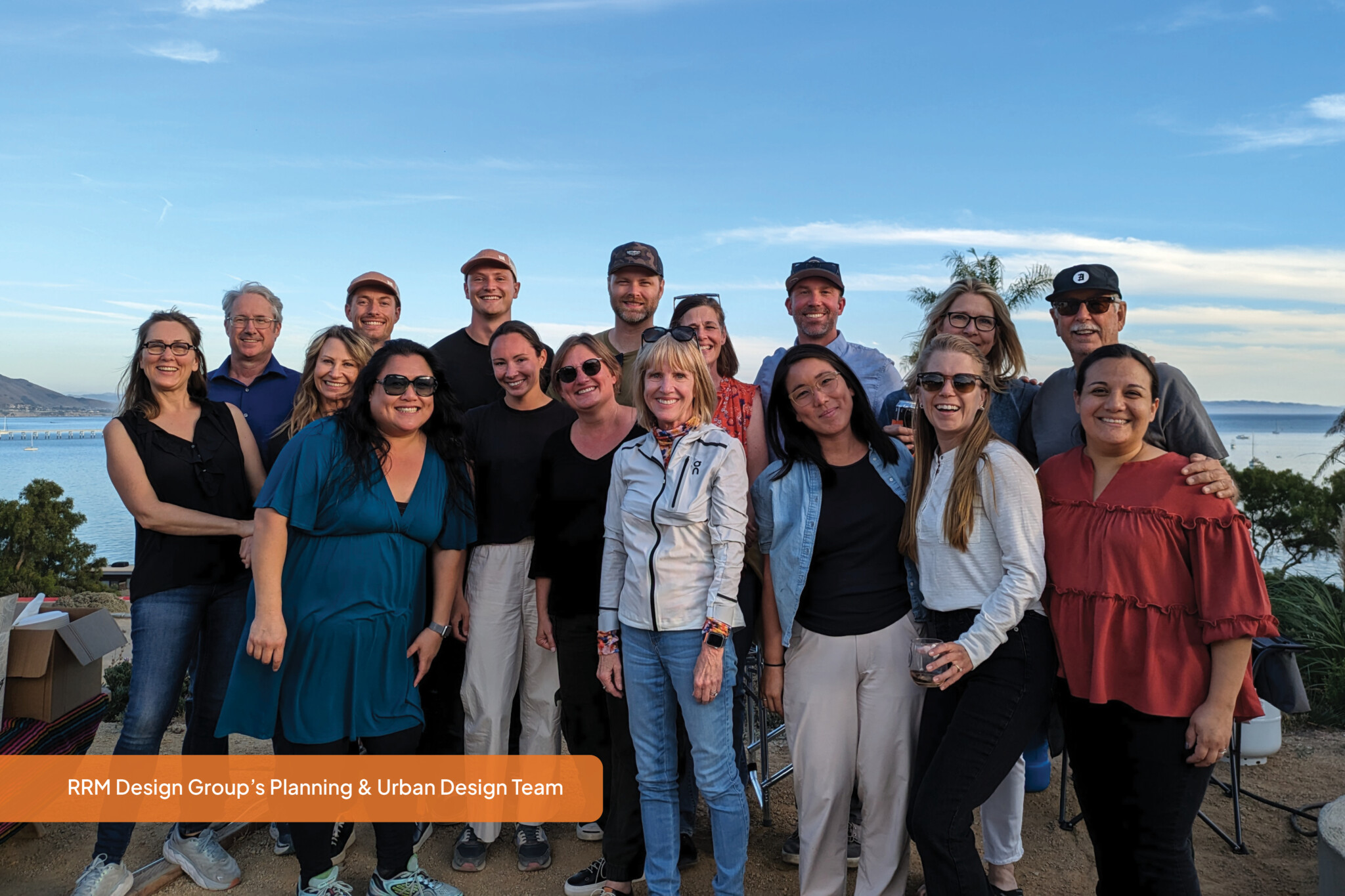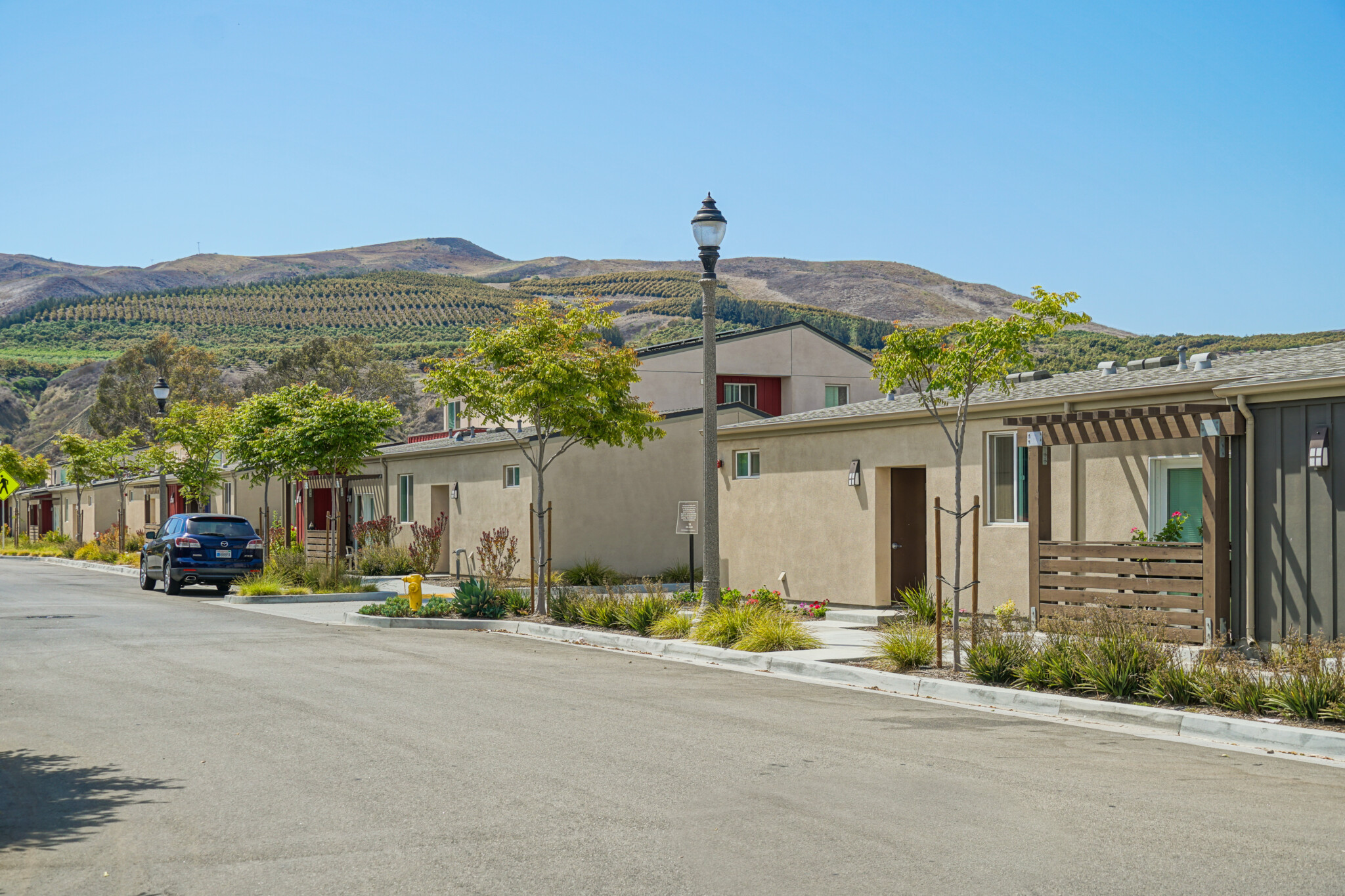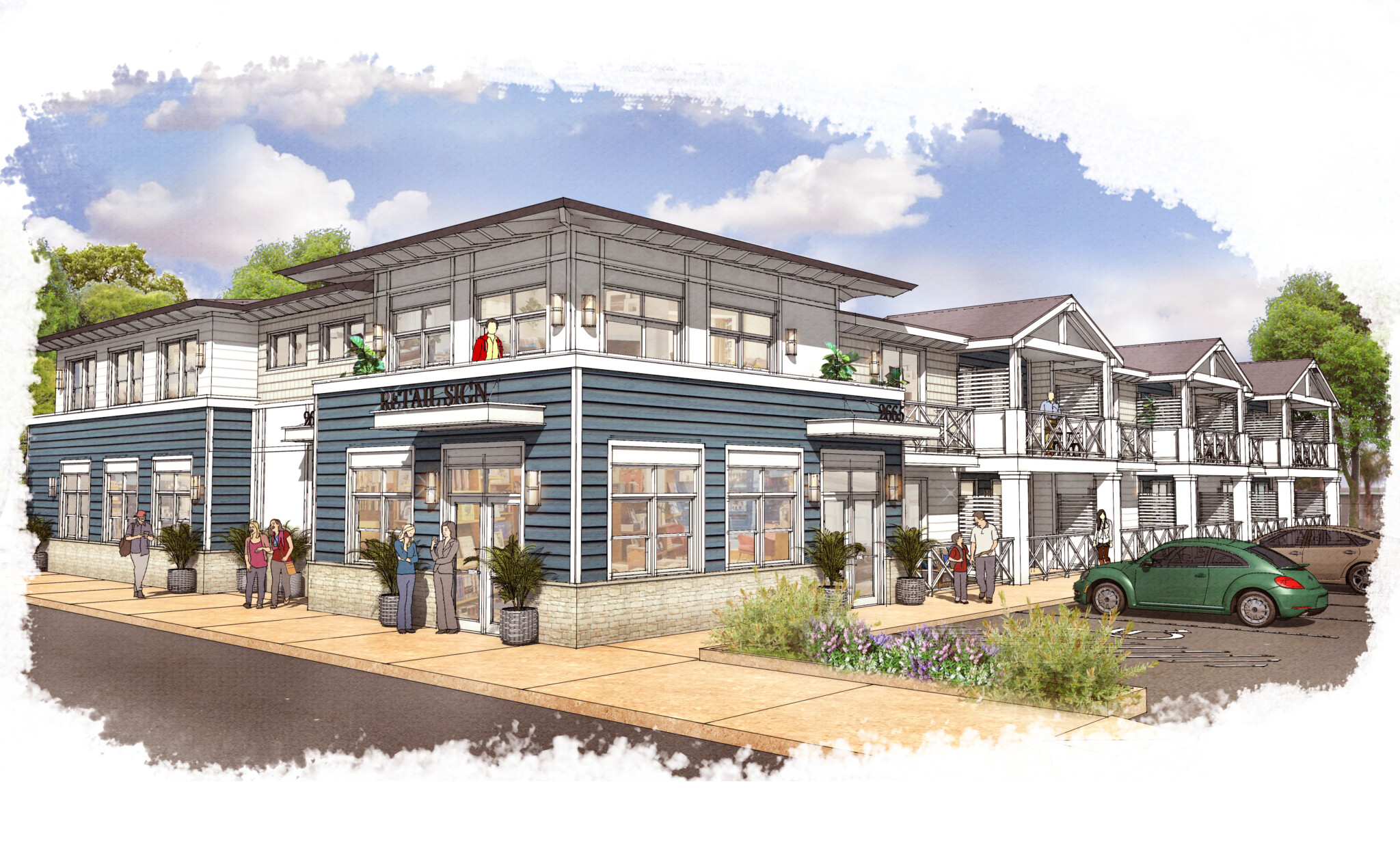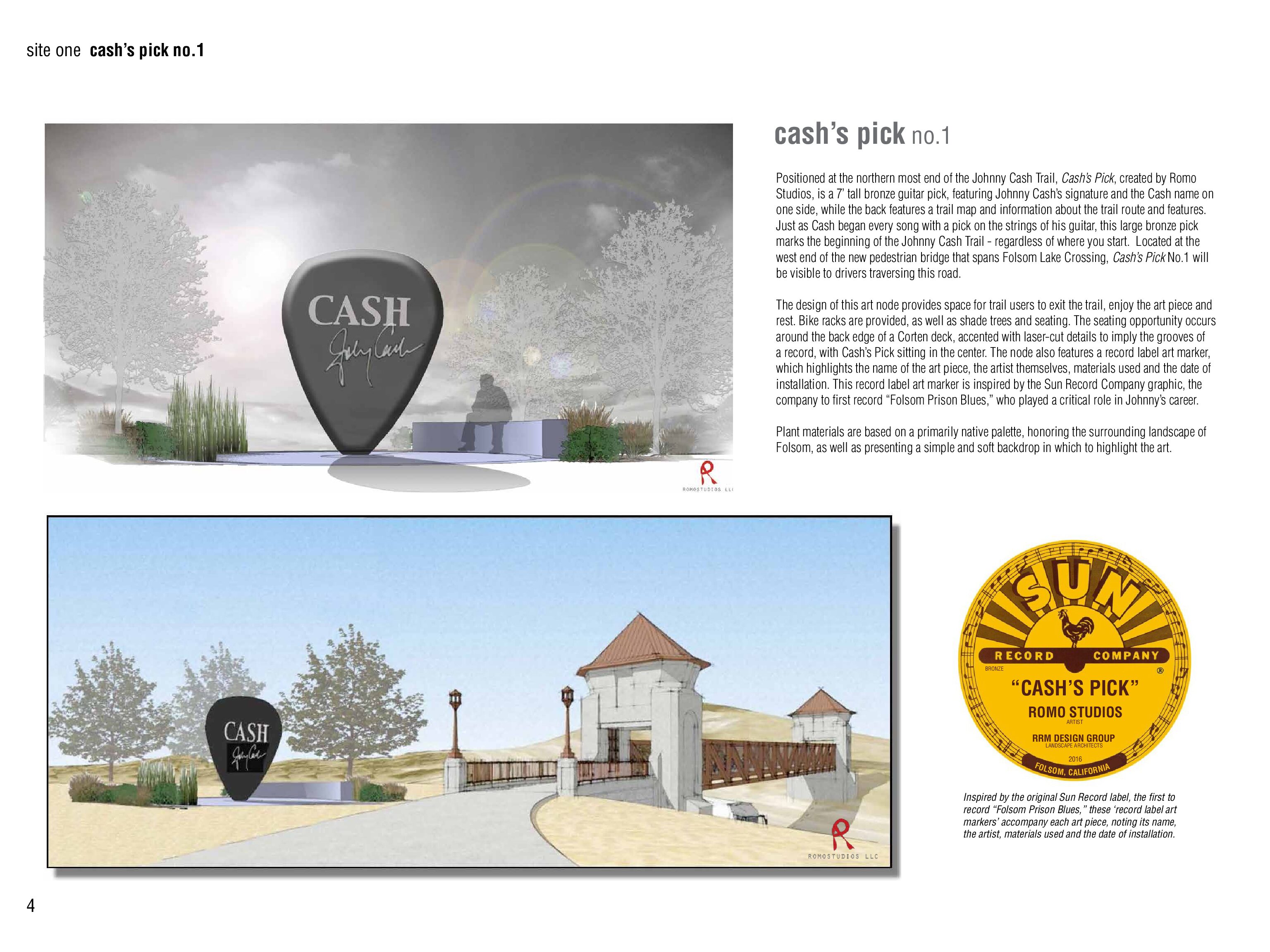RRM has extensive experience working with DSA. Understanding the roles and responsibilities of the state agency, the school district, the design team, and the certification process is a cornerstone to building safe and healthy learning environments for our children. At the start of each project, we walk our clients through an initial project scope review to identify which project components require DSA review and which are exempt. There are multiple considerations, including overall valuation of the proposed modernizations which may trigger unanticipated scope creep due to structural rehabilitation requirements; accessible path of travel to area of work; fire alarm upgrades necessitated by new improvements, or other unbudgeted scope of work. We also verify certification status of past projects on the subject campus to avoid surprises during the review process that may delay permit approval. These exercises help define the DSA project.
The key to successfully managing expectations and initiating a smooth permitting process is early and consistent communication. We inform DSA reviewers of the upcoming project via a Pre-Application meeting with the supervisors of Structural Safety, Access Compliance and Fire Life Safety to establish clear expectations of design scope, standards and required documentation. RRM’s project managers expertly guide our design teams through development of comprehensive construction documents utilizing DSA’s Project Submission List (DSA-3) and Electronic Plan Review (PR 18-04) requirements to facilitate the intake process.
Our teams build rapport with DSA Inspectors of Record (IOR) and field engineers and to maintain cordial and respectful relationships as testing and inspections are critical aspects of construction to assure compliance with code requirements. If changes occur during construction that impact structural, fire life safety, or accessibility, we consult with these field experts to discuss options and prepare Construction Change Documents (CCDs) as needed. The word tenacity best describes RRM’s approach to close-out and certification. Our close-out process starts when construction commences, and we do not take our foot off the gas until the finish line is crossed. We keep a running log of required close-out materials, ensuring that interim verified reports and test reports are completed, filed per inspection cards and testing requirements, and that statements of final costs are signed and submitted. Only after all this do we consider our task complete.
